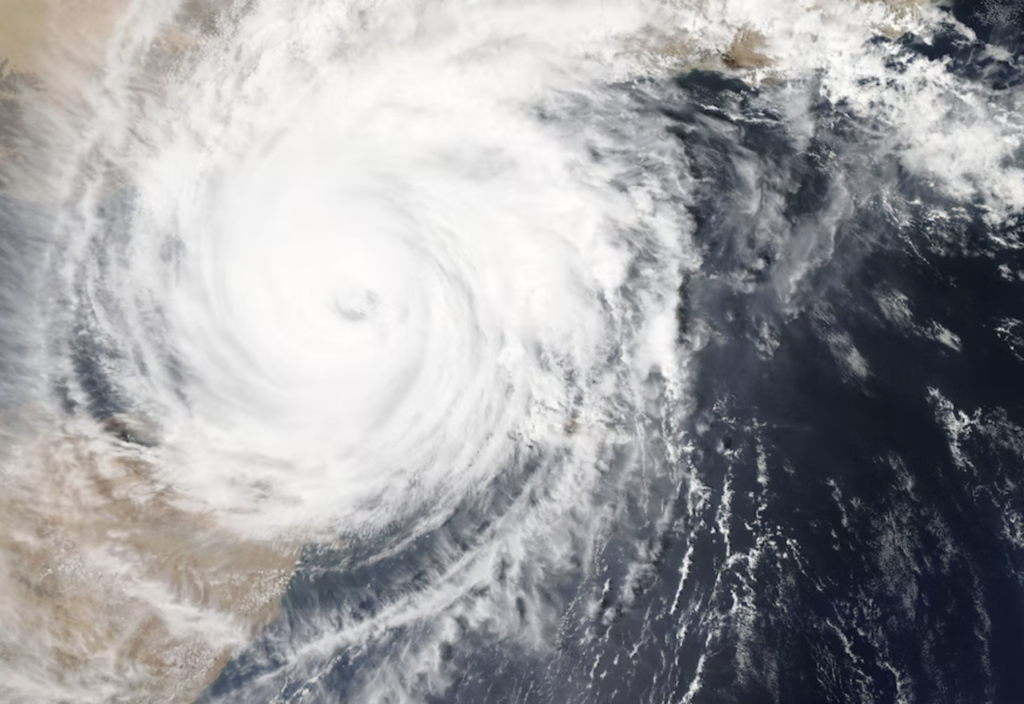Individuals Who Live Inland Are No Longer Immune To Severe Hurricanes, Here’s Why
New research suggests that over the next 30 years, hurricanes will continue to strengthen and intensify, giving them the power to last longer and move further and further inland
This article is more than 2 years old

When hurricanes happen, we commonly hear about destruction in places like Florida or Louisiana. And that’s because hurricanes form in the ocean and then carry high winds and rain with them. As they move from oceanic areas to further inline, they carry more destruction in their paths. Historically, states further inland and closer to the country’s heartland can get away with not experiencing hurricanes in their lives.
According to NBC, hurricanes will start to move further inland due to climate change increasing the power of these storms, they will have more energy to continue moving over to the midwestern part of the country. The report on worsening winds explains that there will be a large impact on the financial area of the government because millions more properties will be exposed to hurricanes. This will impact insurance greatly.
Over the next 30 years, tropical cyclones will move further inland as storms move up the east coast as storms migrate further, and stay stronger for a longer period of time.
According to research, the nation may suffer yearly losses from hurricane-force winds of $18.5 billion this year, rising to about $20 billion in 2053. According to the research, an estimated $1 billion of the increased damage will result from increased exposure in Florida alone.
According to the group’s models, there will be a greater chance of damaging winds over a large portion of the mid-Atlantic area. The researchers found that during strong storms, gust speeds could rise from 87 mph to 97 mph in states like Kentucky, Illinois, and Tennessee.
Although climate change is not causing the number of hurricanes to increase, just the intensity and amount of energy they have. The experts anticipate changes over the next 30 years in Florida, the hurricane-prone state. According to models, hurricanes could make impact in the state’s more northern regions, including Jacksonville.
The number of properties that could be affected by a Category 5 storm increased from 2.5 million in 2023 to 4.1 million by the year 2053, according to the study’s authors. This change in the location and intensity of hurricanes in Florida alone.
The experts anticipate changes over the next 30 years in Florida, the hurricane-prone state. According to models, hurricanes could make an impact in the state’s more northern regions, including Jacksonville.
The number of properties that could be affected by a Category 5 storm increased from 2.5 million in 2023 to 4.1 million by the year 2053, according to the study’s authors. This change in the location and intensity of hurricanes in Florida alone.
The projections are also showing that these storms will carry more intense precipitation increasing the risk of catastrophic flooding. The purpose of the research, explain the researchers is to illustrate just how expensive these upcoming storms will be.
However, the amount of financial impact and devastation has not yet been priced into the market. So look for the prices of everything to increase significantly in the states that have not yet seen big financial increases. Even as some states look into creating electricity without carbon, hopefully, we will start to reverse the effects of climate change sooner, rather than later.




